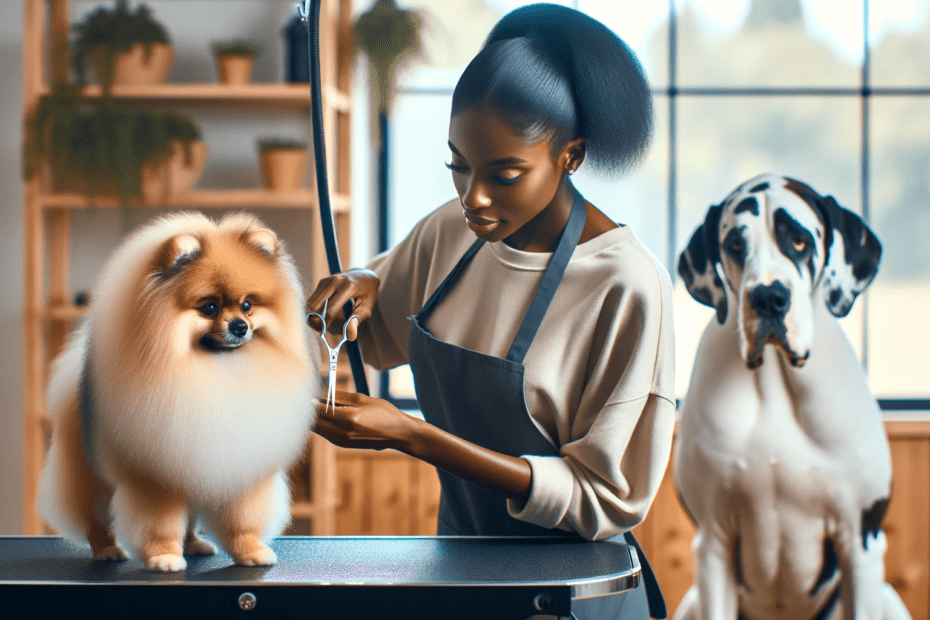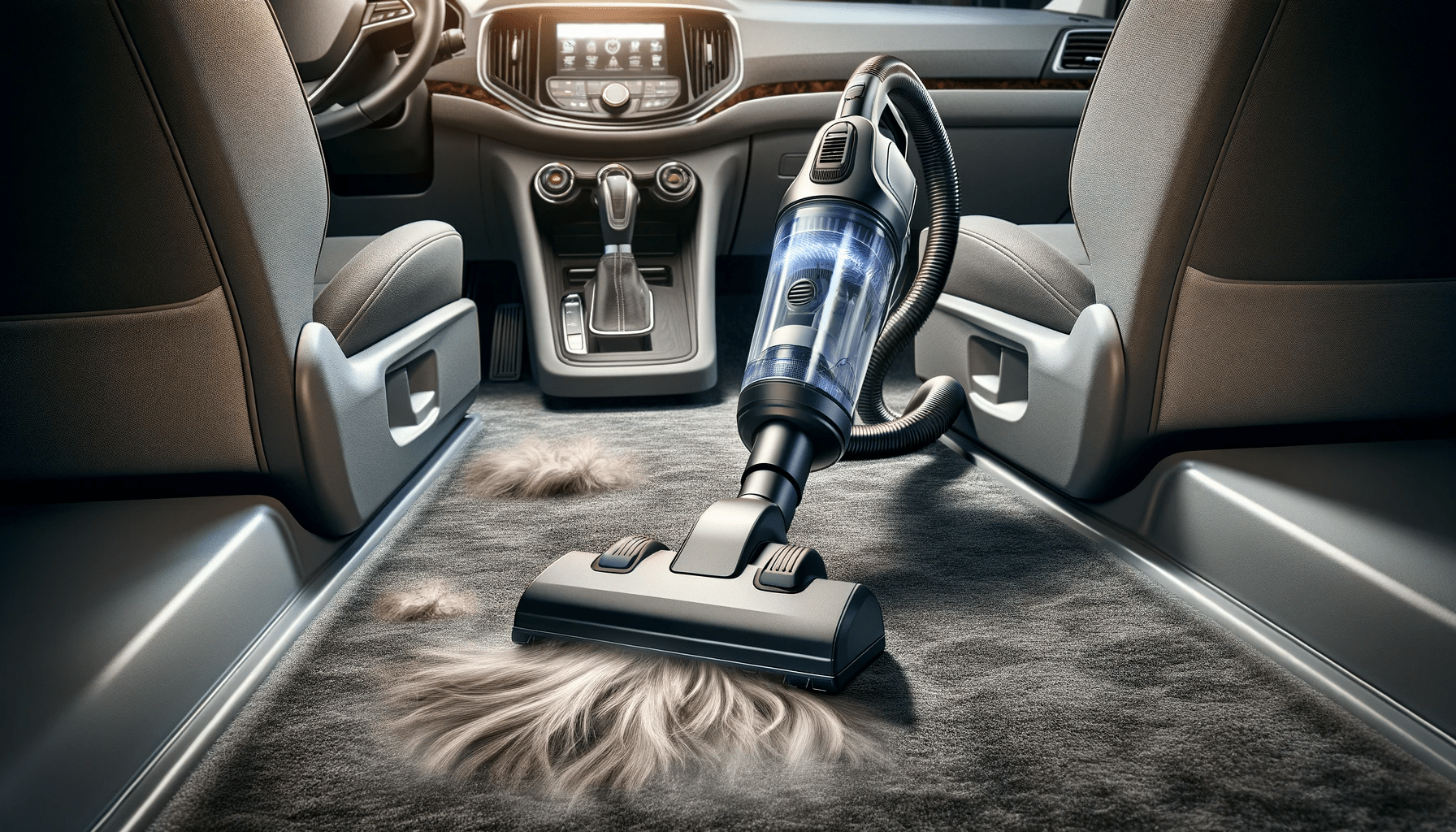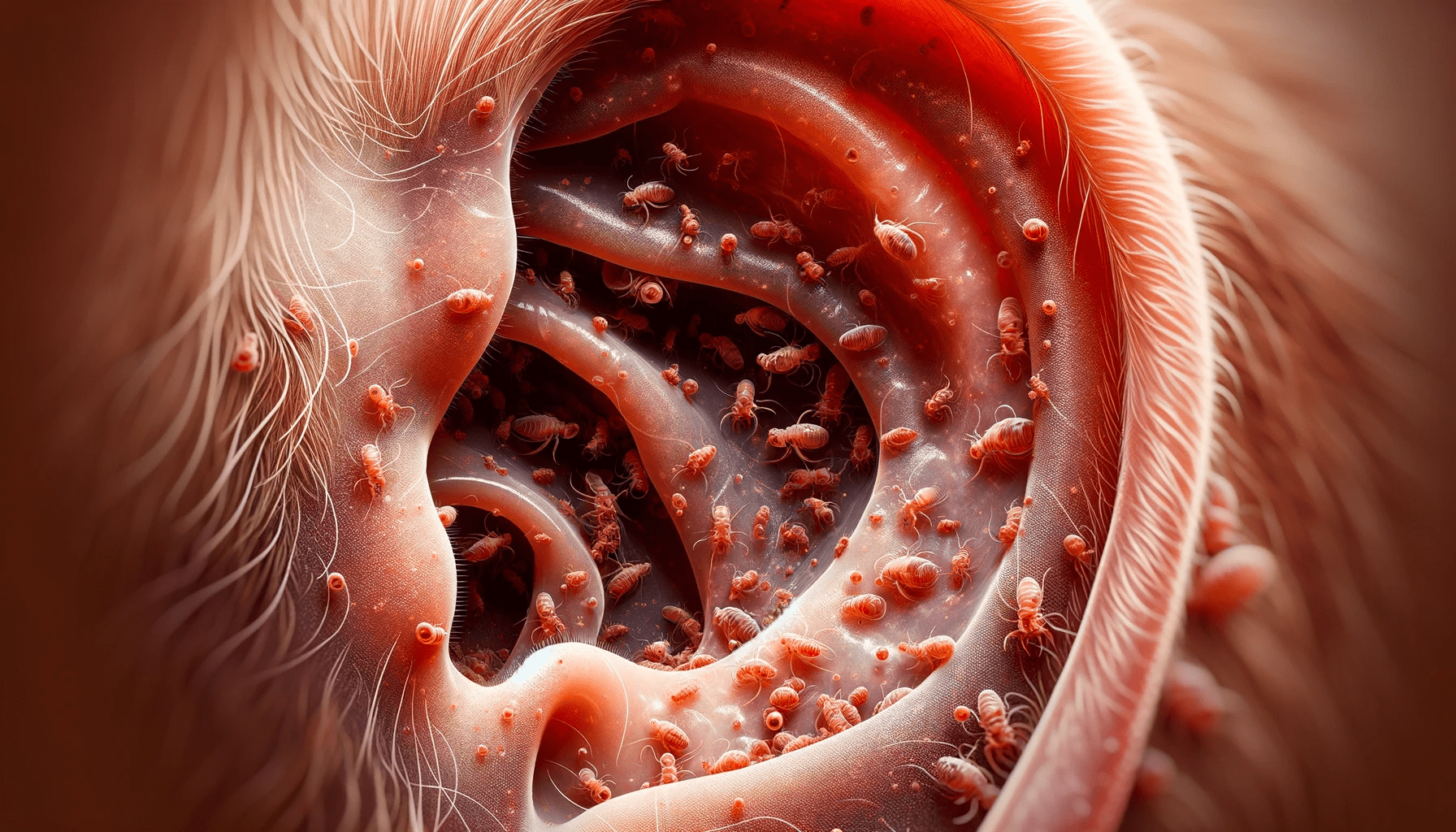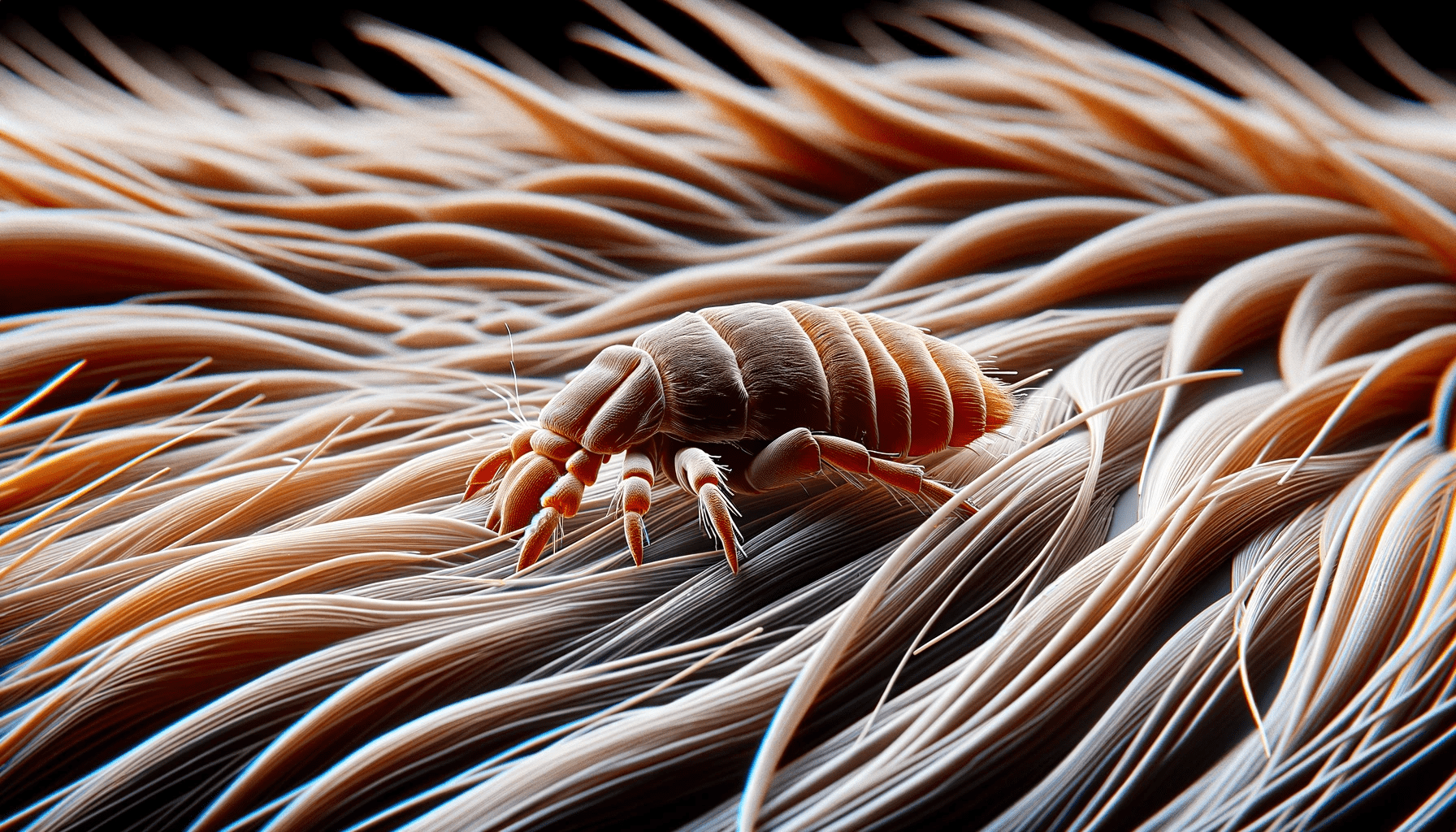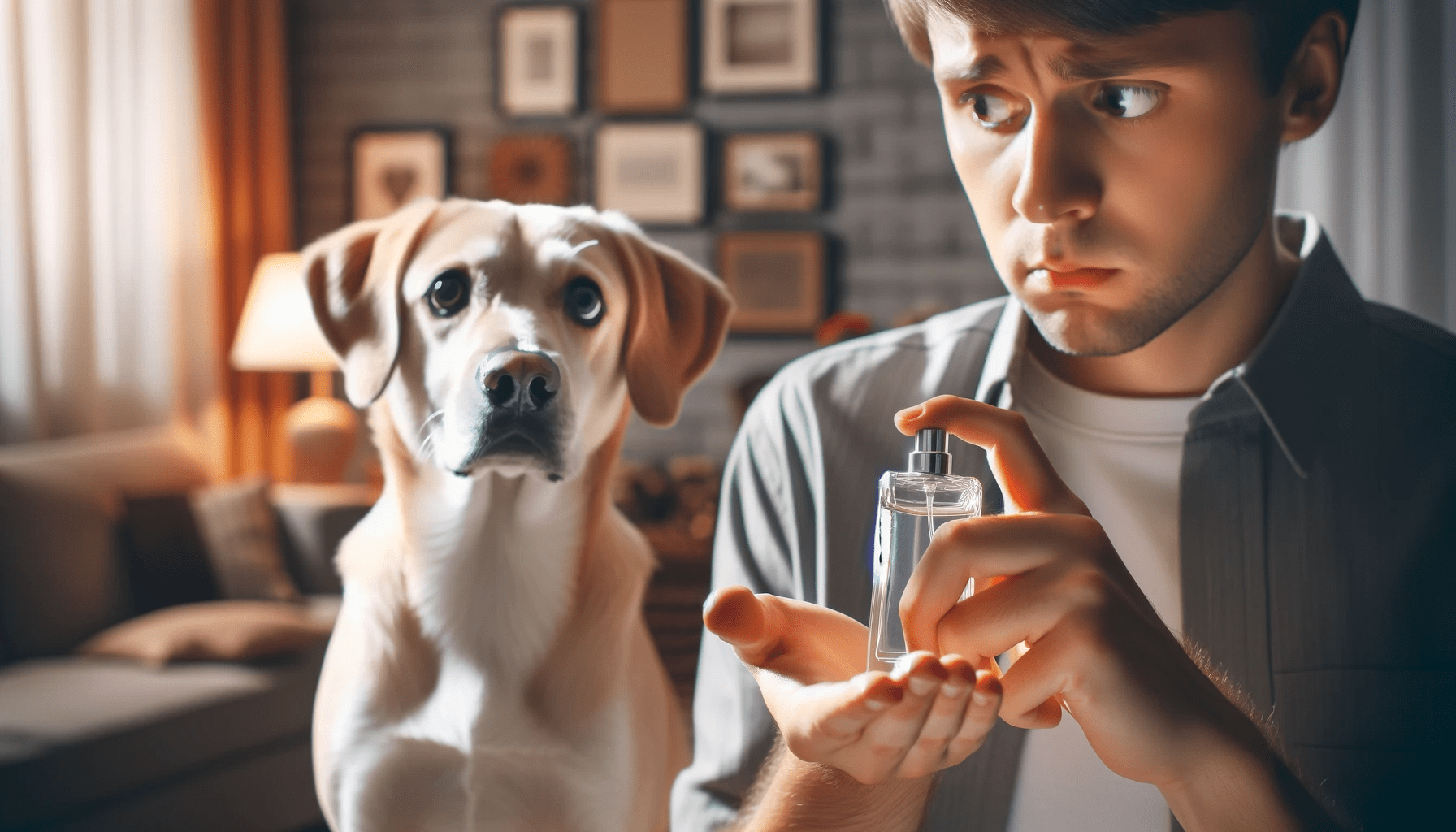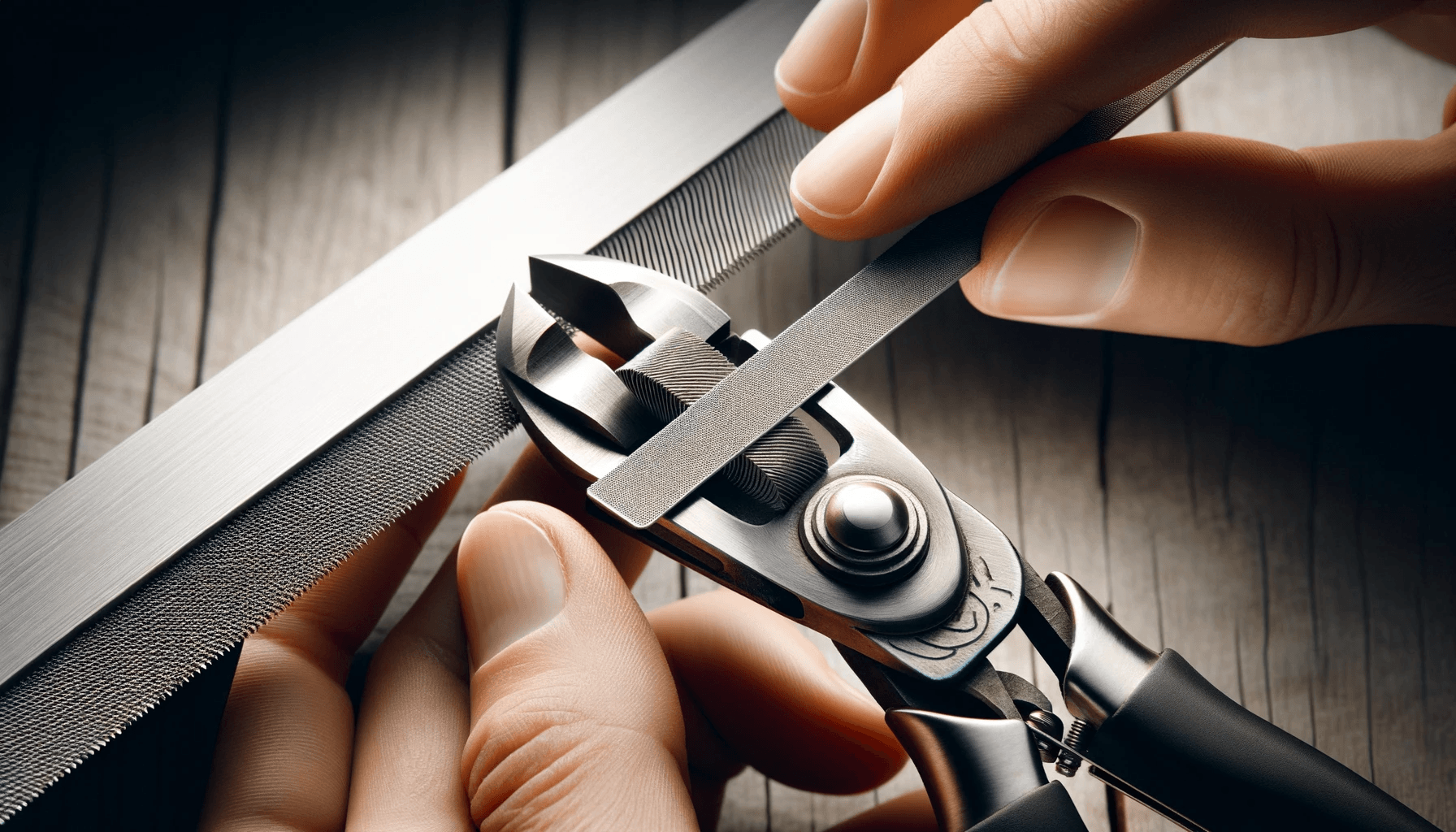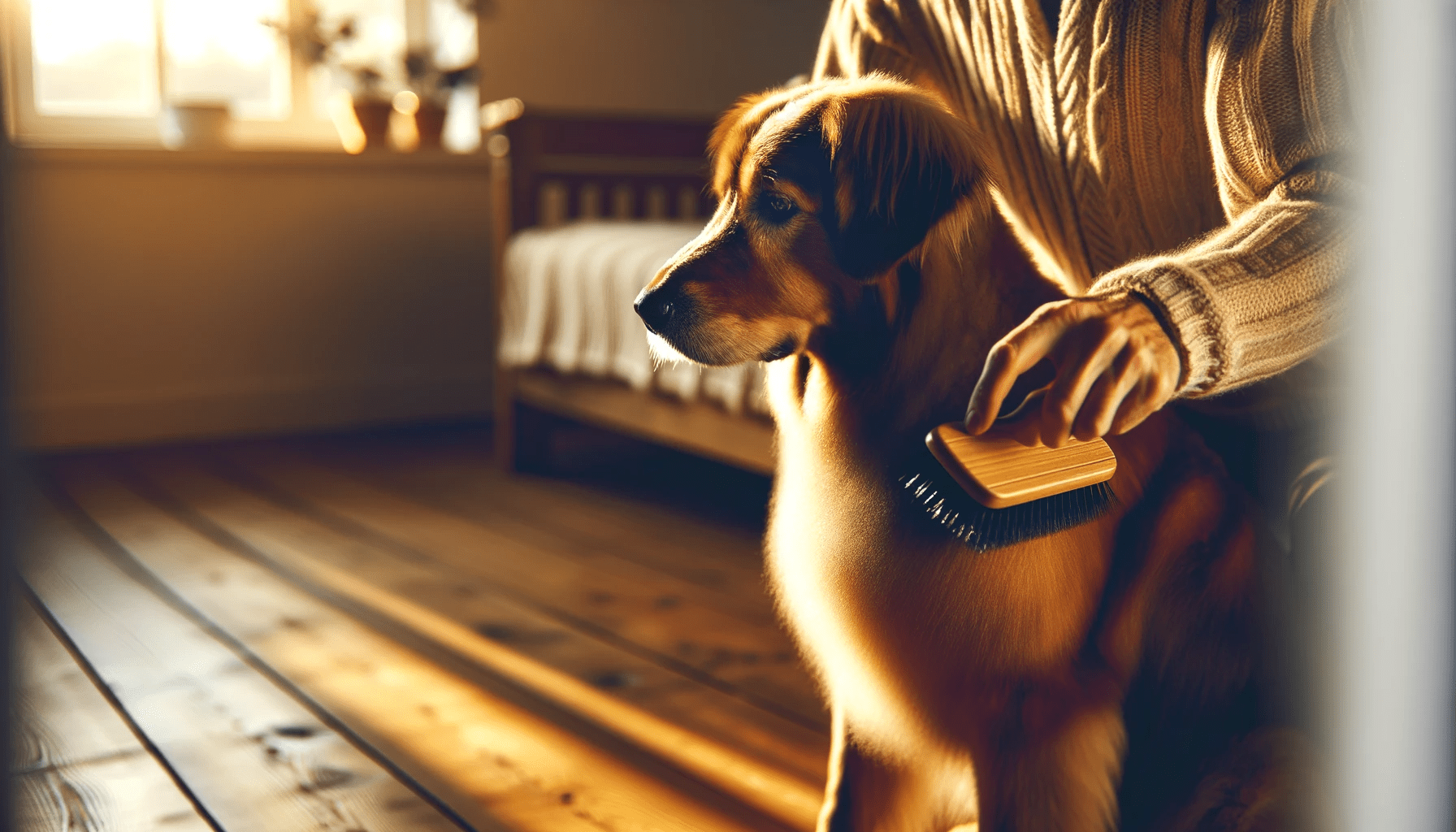Are you ready to become a pro at grooming your furry friend? Look no further!
In this comprehensive review, we will guide you through the art of dog grooming. From understanding your dog's coat to mastering essential grooming tools, we'll cover it all.
Get ready to learn the brushing, bathing, and styling techniques that will keep your pup looking and feeling their best.
Let's dive in and become a grooming expert together!
Key Takeaways
- Understanding your dog's coat is essential for proper grooming. Factors such as texture, length, and color determine the level of shedding and grooming required.
- Having the right grooming tools is crucial for effective grooming. A good quality brush, comb, grooming shears or clippers, nail clippers or grinder, ear cleaning solution, and dog-specific shampoo are necessary.
- Preparing your dog for grooming involves keeping them calm and relaxed, brushing their fur to remove tangles and mats, trimming their nails regularly, and cleaning their ears to prevent infection.
- Proper techniques for brushing, detangling, bathing, and nail trimming are important to ensure a comfortable and successful grooming session. Using the right products and rewarding your dog during the process can make grooming a positive experience.
Understanding Your Dog's Coat
To understand your dog's coat, examine its texture, length, and color. These factors play a crucial role in determining the shedding patterns and grooming frequency of your furry friend.
The texture of your dog's coat can range from smooth and silky to coarse and wiry. Smooth and silky coats, like those of the Labrador Retriever or the Bichon Frise, tend to shed less and require less frequent grooming. On the other hand, dogs with wiry or curly coats, such as the Poodle or the Irish Terrier, shed very little but require regular grooming to prevent matting and tangling.
The length of your dog's coat is another important consideration. Dogs with short coats, like the Boxer or the Dalmatian, shed moderately and benefit from weekly brushing. Long-haired breeds, like the Shih Tzu or the Golden Retriever, shed more and require daily brushing to prevent mats and tangles.
Lastly, the color of your dog's coat can affect shedding visibility. Light-colored dogs, such as the Maltese or the West Highland White Terrier, tend to shed less conspicuously than dark-colored breeds like the German Shepherd or the Labrador Retriever.
Understanding your dog's coat texture, length, and color will help you determine the appropriate grooming frequency and keep your four-legged companion looking and feeling their best.
Essential Grooming Tools
To properly groom your dog, you'll need a variety of essential grooming tools. These tools are essential in maintaining your dog's coat and overall hygiene.
First and foremost, you'll need a good quality brush and comb. These tools help to remove tangles and mats, as well as distribute natural oils throughout the coat. Different types of brushes and combs are available depending on your dog's coat type, so it's important to choose the right ones.
Additionally, a pair of grooming shears or clippers is necessary for trimming your dog's hair. These tools allow you to keep their hair at a manageable length and prevent it from becoming too long and unkempt.
Other important dog grooming equipment includes nail clippers or a nail grinder to keep their nails trimmed and a pair of ear cleaning solution and cotton balls to clean their ears regularly.
Preparing Your Dog for Grooming
Before starting the grooming process, ensure your dog is calm and relaxed. This is crucial for a successful grooming session. Here are some dog grooming tips and grooming safety precautions to consider:
- Brushing: Begin by gently brushing your dog's fur to remove any tangles or mats. Use a brush suitable for your dog's coat type, such as a slicker brush for longer coats or a bristle brush for shorter coats. Brushing not only keeps your dog's coat healthy but also helps to distribute natural oils and prevent shedding.
- Nail Trimming: Trim your dog's nails regularly to prevent them from becoming too long or sharp. Use a pair of dog nail clippers and be careful not to cut too close to the quick, which can cause bleeding and discomfort. If you're unsure, consult a professional groomer or veterinarian for guidance.
- Ear Cleaning: Clean your dog's ears regularly to prevent infection and buildup of wax and debris. Use a dog-specific ear cleaning solution and gently wipe the outer part of the ear with a soft cloth or cotton ball. Avoid inserting anything into the ear canal to prevent injury.
- Bathing: Use a dog-specific shampoo and lukewarm water to bathe your dog. Make sure to rinse thoroughly to remove all the shampoo residue. Towel dry your dog or use a hairdryer on a low, cool setting. Keep your dog's ears protected during the bath to prevent water from entering.
Brushing and Detangling Techniques
Start by gently brushing and detangling your dog's fur to keep it healthy and free from mats. Regular brushing not only helps to remove loose hair and prevent dog shedding, but it also promotes healthy skin and a shiny coat.
To effectively brush your dog, choose the right type of brush based on their coat type. For short-haired dogs, a bristle brush works well, while long-haired dogs may require a slicker brush or a comb with wide teeth.
Begin by brushing in the direction of hair growth, starting from the head and working your way back. Be sure to use gentle strokes and avoid pulling or tugging on any tangles or mats.
When you encounter a mat, use a detangling spray or a dog-safe conditioner to help loosen it. Using your fingers or a mat removal tool, carefully work through the mat, starting from the edges and slowly moving inward.
Remember to reward your dog with praise and treats throughout the grooming process to make it a positive experience for both of you.
Bathing Your Dog Properly
Now that you've mastered the art of brushing and detangling your dog's fur, it's time to move on to the next important step: properly bathing your furry friend. Here are some dog bathing techniques to ensure that you give your dog a thorough and enjoyable bath:
- Preparation: Before beginning the bath, gather all the necessary supplies, such as a dog-friendly shampoo, towels, and a non-slip mat for the tub. Make sure the water temperature is lukewarm, as hot water can be uncomfortable for your dog.
- Wet your dog thoroughly: Use a handheld showerhead or a pitcher to wet your dog's fur thoroughly. Start from the neck and work your way down to the tail, making sure to avoid getting water in your dog's ears and eyes.
- Apply shampoo: Choose a shampoo that's specifically formulated for dogs, as human shampoos can irritate their skin. Gently massage the shampoo into your dog's fur, paying extra attention to areas that are prone to dirt and odors.
- Rinse and dry: Rinse your dog's fur thoroughly to ensure that all the shampoo is removed. Use a towel to dry your dog, and if needed, a hairdryer on a low, cool setting. Make sure to reward your dog with treats and praise throughout the bathing process to create a positive association.
Nail Trimming and Paw Care
To ensure your dog's nails are properly trimmed, it's important to learn the correct nail clipping techniques.
Regularly moisturizing your dog's paw pads can help keep them healthy and prevent dryness and cracking.
Additionally, taking steps to prevent ingrown nails, such as keeping the nails at an appropriate length and avoiding excessive pressure on the paws, is crucial for maintaining your dog's paw health.
Nail Clipping Techniques
How can you effectively trim your dog's nails and care for their paws?
Nail clipping is an essential part of grooming your dog and ensuring their overall well-being. Here are some expert tips to help you master the art of nail clipping:
- Use nail clippers or grinders specifically designed for dogs to prevent nail injuries.
- Choose nail grinding alternatives if your dog is resistant to traditional clippers.
- Practice caution and trim only the tips of the nails to avoid cutting into the quick.
Regularly inspect your dog's paws for any signs of injury or infection.
Paw Pad Moisturizers
To properly care for your dog's paws and aid in the nail trimming process, it's important to consider using paw pad moisturizers. These moisturizers have numerous benefits for your dog's paw health.
They help to hydrate and soften the paw pads, preventing them from becoming dry, cracked, or irritated. Additionally, paw pad moisturizers can provide a protective barrier against harsh weather conditions and rough surfaces, reducing the risk of injuries.
When choosing a moisturizer for your dog's paws, it's important to opt for trusted brands that use high-quality ingredients. Some of the best moisturizer brands include Burt's Bees, Musher's Secret, and Paw Soother. These brands have been recommended by experts and have proven to be effective in keeping your dog's paws healthy and moisturized.
Preventing Ingrown Nails
To prevent ingrown nails in your dog and properly care for their paws, it's important that you regularly trim their nails and maintain good paw hygiene. Here are some key steps to follow:
- Trim the nails: Regularly trim your dog's nails to keep them at a proper length. This will prevent them from becoming too long and curving into the paw pad.
- Use proper tools: Invest in high-quality nail clippers or a grinder specifically designed for dogs. This will ensure a clean and safe trim.
- Watch for signs of infection: Ingrown nails can lead to nail infections. Keep an eye out for redness, swelling, or discharge around the nail. If you notice any of these signs, consult your veterinarian for proper treatment.
- Maintain paw hygiene: Clean your dog's paws regularly to remove dirt, debris, and bacteria. This will help prevent nail infections and keep their paws healthy.
Ear Cleaning and Dental Hygiene
Regular ear cleaning and dental hygiene are essential for keeping your dog healthy and happy. When it comes to ear cleaning, it's important to use proper techniques to avoid causing any harm to your furry friend. Start by examining the ears for any signs of redness, swelling, or discharge. If you notice any abnormalities, it's best to consult your veterinarian before attempting to clean the ears yourself. For routine cleaning, use a veterinarian-recommended ear cleaning solution and gently wipe the outer part of the ear with a cotton ball or pad. Be careful not to insert anything into the ear canal, as this can cause injury.
Moving on to dental hygiene, there are various products available to help keep your dog's teeth clean and healthy. Regular brushing is the most effective way to remove plaque and prevent dental issues. Use a dog-specific toothbrush and toothpaste to brush your dog's teeth at least 2-3 times a week. Additionally, dental chews and toys can help reduce plaque buildup and freshen your dog's breath. It's important to choose dental hygiene products that are specifically designed for dogs, as human products can be harmful to your furry friend. Remember to consult your veterinarian for specific recommendations based on your dog's breed, age, and dental health.
Styling and Finishing Touches
When it comes to styling and finishing touches for your dog's grooming, there are a few key points to keep in mind.
First, having the right grooming tools is essential. From brushes to clippers, make sure you have everything you need to achieve the desired look.
Next, learn and practice different techniques for finishing, such as scissoring or hand-stripping, to give your dog a polished appearance.
Lastly, remember that maintaining a polished look requires regular grooming sessions to keep your dog's coat looking its best.
Grooming Tools for Styling
Get yourself a set of high-quality grooming tools to give your dog the perfect styling and finishing touches. Here are a few essential tools that every dog owner should have:
- Slicker brush: This brush is perfect for removing tangles and mats from your dog's fur. It has fine bristles that penetrate deep into the coat without causing any discomfort to your furry friend.
- Grooming scissors: These scissors are specially designed for trimming your dog's hair. They've sharp blades that allow you to achieve precise cuts, whether you're shaping the fur around their face or giving them a stylish haircut.
- Thinning shears: Thinning shears are great for blending and removing bulk from your dog's coat. They've teeth on one side that help to thin out the hair without leaving any noticeable lines.
- Finishing spray: A finishing spray can add shine and luster to your dog's coat while also eliminating any odors. Look for a spray that's specifically formulated for dogs and contains natural ingredients.
With these grooming tools in your arsenal, you'll be able to achieve professional-looking results and keep your dog looking their best. Experiment with different grooming techniques and follow these grooming tips to create a stylish and well-groomed pup.
Techniques for Finishing
Once you have equipped yourself with the essential grooming tools, it's important to understand the techniques for finishing (styling and finishing touches) your dog's grooming routine.
Finishing techniques are crucial to give your dog a polished and professional look. One of the most important finishing techniques is scissoring. When using scissors, it's important to hold them at a slight angle to the dog's body and use short, precise cuts. This helps to create a smooth, blended look.
Additionally, it's important to pay attention to the details when finishing your dog's grooming. Trim the hair around the ears and paws, ensuring they're neat and tidy.
Maintaining a Polished Look
To maintain a polished look for your dog, continue the grooming routine by focusing on styling and adding finishing touches. Here are some dog grooming tips and professional grooming techniques to help you achieve that polished look:
- Brushing: Use a slicker brush to remove any loose hair and tangles from your dog's coat. This will give their fur a smooth and shiny appearance.
- Trimming: Trim your dog's hair around their paws, ears, and tail to create clean lines and a neat overall look.
- Scissoring: Use grooming scissors to shape and style your dog's fur, giving them a well-groomed and polished appearance.
- Finishing Spray: Spray a finishing product on your dog's coat to add shine and keep their fur looking fresh and clean throughout the day.
Frequently Asked Questions
Can I Use Human Grooming Tools on My Dog?
Yes, you can use human grooming tools on your dog, but it is not recommended. Dog grooming products are specifically designed for their needs and using human tools may cause harm or discomfort.
How Often Should I Bathe My Dog?
You should bathe your dog regularly to maintain their hygiene and prevent skin issues. Dog grooming tips suggest bathing every 4-6 weeks, but consult with a professional dog groomer for personalized advice.
What Is the Best Way to Prevent Matting in My Dog's Coat?
To prevent matting in your dog's coat, use effective techniques like regular brushing and combing. Additionally, consider using recommended products such as detangling sprays or conditioning treatments. These practices will help keep your dog's coat healthy and tangle-free.
What Should I Do if My Dog Is Resistant to Nail Trimming?
If your dog is resistant to nail trimming, it's important to address their grooming anxiety. Try using alternative methods like desensitization or seeking professional help to ensure their nails are properly maintained.
Can I Use Regular Toothpaste to Clean My Dog's Teeth?
Yes, you can use regular toothpaste to clean your dog's teeth, but it's not recommended. There are toothpaste alternatives specifically made for dogs that are safer and more effective, like natural dog toothpaste.
Conclusion
In conclusion, mastering the art of dog grooming requires understanding your dog's coat, using essential grooming tools, and following proper techniques for brushing, bathing, and trimming.
Regular care for your dog's nails, ears, and dental hygiene is also crucial.
By incorporating these practices into your grooming routine, you can ensure your dog's coat is healthy, clean, and stylish.
Remember, practice makes perfect, so keep honing your skills to become an expert dog groomer.
